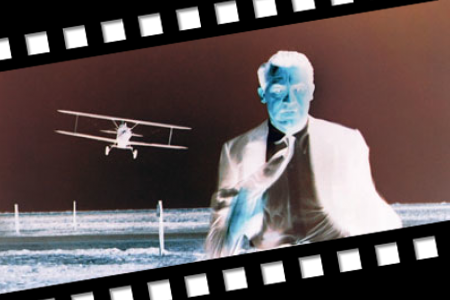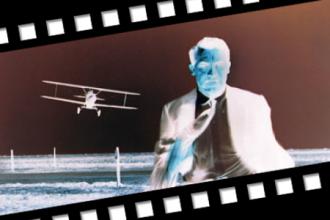CINEMANIA: Guess the movie title
See negative of movie scene and guess the title. Length of words in solution: 5,2,9Correct answers: 30
The first user who solved this task is On On Lunarbasil.
#brainteasers #movie #film #cinemania

Few Kids Jokes
Why do bananas have to put on sunscreen before they go to the beach?
Because they might peel.
-----
Q: Why A snail painted an S on the top of his car?
A: So people would say “Look at that S car go!”
-----
Knock knock! Who’s there?
Interrupting cow.
Interrupting cow wh--MOOOOOOOOOO!!!!!!!!
-----
Why did the cow cross the road?
To get to the moo-vies!
found on http://girltomom.com/a-giggle/funny-jokes-for-little-kids

